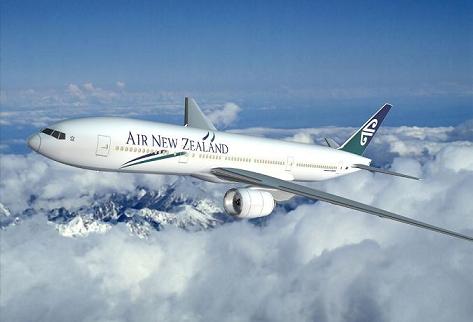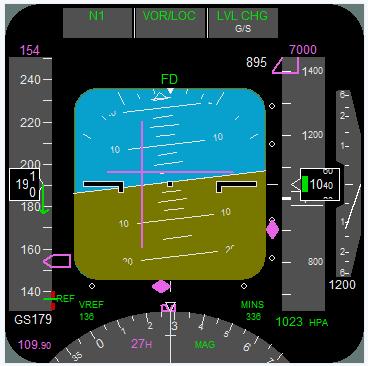|
Copyright © 2006
Aerobytes Ltd
Reg. England & Wales 4191887
|
Air
New Zealand upgrades
to Aerobytes
Aerobytes
is delighted to announce that
Air New Zealand has selected Aerobytes for
their future FDM / FOQA software requirements.
|
 |
Air New Zealand monitor a fleet of 55 aircraft including
B737-300s, A320s, B767s, B777s and B747-400s from their main
base in Auckland. Air New Zealand is a third Star Alliance
member to select Aerobytes' FDM / FOQA software.

Air New Zealand B777
Air New Zealand has recognised the benefits of Flight Data
Monitoring (Flight Operations Quality Assurance) and has had a
FDM / FOQA program running for 2
years. After a demonstration of Aerobytes in 2006 they
realised that it was time to upgrade from their two
existing software programs and started a trial of the
Aerobytes FDM / FOQA software. At the end of the three month
trial it was obvious that the Aerobytes
software offered many advantages over their existing systems
in terms of ease of use, efficiency, automation and results.
Paul Wylie, Flight Data Manager at Air New Zealand,
commented, "Aerobytes is the next generation of flight data
monitoring software and has many features to allow us to
effectively monitor the large amount of flight data we
collect. The software is not only more efficient but also
more effective than our previous systems. We particularly
like the 'drill down' feature where can highlight events on
statistical reports and open the flight data to view it in
context. It also saves a lot of time to have the 3D
animation built in without the requirement to export it to
another package. Compared to our previous systems the
software is stable, easy to use and well supported."
Drill Down in more detail
'Drill Down' allows Aerobytes users to move from
statistics to flight data without intermediate steps. i)
Users draw a box around points on a statistical report to
list them, ii)they then choose which flights to open
(multiple flights can be opened), iii) they then choose how
much data to open. The flight data is at that exact point in
the flight where the event or value came from.
Kevin Martin, Aerobytes Sales Manager explains "All crew
know they are not supposed to be fast on approach so
informing them this is the case will have limited
effectiveness. being able to get to the event and then view
the data before lets you see the WHY. Acting on the
WHY leads to much greater improvements in safety
and economy. It also cuts down on the large amount of time
users of other systems can spend validating data never
knowing whether it will be viewed again"
(This example is not Air New Zealand flight data)
Typical statistical report - draw a box around
one or several bars to list the events, see below.

Select a flight to view, multiple flights can be
selected.

The flight data opens at the exact point the event occurred.
In this instance "High Speed below 1,000ft" shows a speed
relative to Vref of +54 knots at 895 ft. To find out why
users can go back through the data.

For more information or a demonstration contact:
www.aerobytes.co.uk
Main Office +44 (0) 1483 273767
Support +44 (0)7970 939633 / +44 (0)7710 626635
Sales +44 (0)7815 634055
The content of this email is proprietary to Aerobytes Ltd
and may not be disclosed or distributed to any other party
other than the intended recipient(s) without the prior
written consent of Aerobytes Ltd
|

